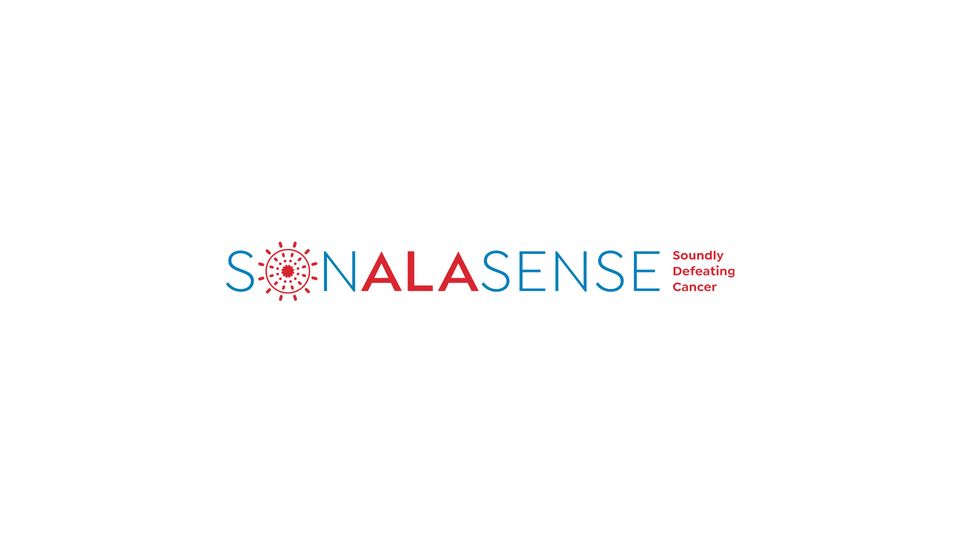SonALAsense Announces Completion of First Cohort in Phase 2 Study of Sonodynamic Therapy for Recurrent Glioblastoma

Complete the form below to unlock access to ALL audio articles.
SonALAsense has announced that the first cohort in Sonodynamic Therapy (SDT)-202 was fully enrolled. SDT-202 is an open-label, dose-escalation trial of SDT in recurrent glioblastoma (rGBM). The objectives of SDT-202, which builds upon a previous proof-of-concept (POC) trial conducted by Nader Sanai, MD, Chief Scientific Officer and Director at the Ivy Brain Tumor Center at Barrow Neurological Institute, are to evaluate the safety, optimal dose, and efficacy of SDT.
The first cohort in SDT-202 was enrolled at Cleveland Clinic by principal investigator Matthew Grabowski, MD.
“In the previous POC study, Dr. Sanai and his team demonstrated that SONALA-001 SDT was well tolerated and led to targeted oxidative stress and cell death in human high-grade glioma tissue without harming surrounding tissue,” said Dr. Mitchel Berger, MD, FAANS, who chairs SonALAsense’s Scientific Advisory Board. “Within four days after a single treatment, there was tumor cell death. The speed of action and repeatability of this unique therapy has the potential to be a game-changer for patients living with rGBM.”
At the start of the SDT procedure, a patient is given an injection of SONALA-001, an intravenous formulation of aminolevulinic acid (ALA). The drug is taken up selectively by cancer cells because they need ALA to make the heme molecule. Next, MR-guided ultrasound is used to focus ultrasound waves to create light in the brain through a process called sonoluminescence. The light activates a byproduct of SONALA-001 to create a “smart bomb” that is designed to trigger immediate and programmed cell death only in cancer cells.
“At SonALAsense, we are excited to further develop SONALA-001 SDT as a potential approach to treat this devastating brain cancer. Current options for rGBM, such as surgery, radiation, chemotherapy, and antibody drugs have significant side effects,” said Mark de Souza, PhD, Chief Executive Officer at SonALAsense. “Our goal is to offer patients a good quality of life and make rGBM manageable, rather than lethal.”
Dr. Grabowski at the Cleveland Clinic, along with other investigators at collaborating sites including the University of California San Francisco, Mayo Clinic, Ivy Brain Tumor Center, MD Anderson, NYU, and West Virginia plan to enroll approximately 50 participants in SDT-202. Patients interested in the trial can learn more at clinicaltrials.gov.
“Recurrent glioblastoma multiforme is a devastating brain cancer. We in the brain tumor community are eager for alternative treatments to prolong and improve our loved ones’ quality-of-life,” said Ralph DeVitto, President and Chief Executive Officer of the American Brain Tumor Association (ABTA). “We look forward to the outcomes of this clinical trial and learning more about the potential benefits of sonodynamic therapy.”



